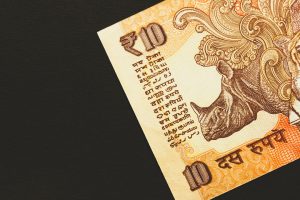Forex, also known as foreign exchange, is the world’s largest financial market, where currencies are traded 24 hours a day, five days a week. With a daily trading volume of over $5 trillion, it is a highly liquid market that offers opportunities to traders worldwide. The currency market involves buying and selling currencies, and traders can profit from the fluctuations in exchange rates.
When engaging in forex trading, one of the most important decisions that traders need to make is which currency to trade. There are many currency pairs available for trading, and each has its unique characteristics, advantages, and disadvantages.
Here are some of the key factors that traders should consider when choosing which currency to trade in forex:
Economic factors
One of the most significant factors that impact currency prices is the economic conditions of the countries whose currencies are being traded. Traders should pay attention to key economic indicators such as inflation rates, gross domestic product (GDP), employment figures, and interest rates, among others. Economic data can affect the value of a currency, and traders should be aware of these factors when deciding which currency to trade.
Liquidity
Liquidity refers to the ease with which a currency can be bought or sold in the market without affecting its price. Currency pairs with high trading volumes are generally more liquid, and traders can enter and exit positions quickly. Liquidity is an essential factor to consider when choosing which currency to trade since it affects the execution of trades and the potential for slippage.
Volatility
Volatility refers to the degree of price movement of a particular currency pair. Highly volatile currency pairs can provide traders with greater profit potential since they offer more significant price movements. However, high volatility also means that these currency pairs are riskier and can result in greater losses. Traders should consider their risk tolerance when choosing a currency pair to trade.
Currency correlation
Currency correlation refers to the relationship between two currency pairs. Some currency pairs move in the same direction, while others move in the opposite direction. Traders should consider currency correlation when choosing which currency to trade since it can affect the diversification of their portfolio. Trading highly correlated currency pairs can lead to increased risk, while trading negatively correlated pairs can provide diversification benefits.
Spread
The spread is the difference between the bid price and ask price of a currency pair, and it represents the cost of trading. Traders should consider the spread when choosing which currency to trade since it affects their profitability. Currency pairs with lower spreads are generally more cost-effective to trade.
Conclusion
Choosing which currency to trade in forex requires careful consideration of various factors, including economic conditions, liquidity, volatility, currency correlation, and spreads. Traders should choose a currency pair that aligns with their trading strategy, risk tolerance, and investment goals. Additionally, traders should stay up to date with the latest market news and events that can affect currency prices. With the right approach and strategy, forex trading can offer opportunities for profitable trading.





